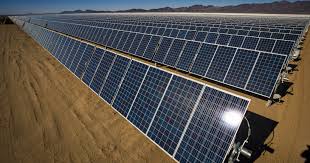The solar cable industry is a large-scale pillar industry in my country. The production process requires extremely high production standards to maintain the safe operation of the entire industrial system. Therefore, the majority of power cable manufacturers need to conduct very strict audits and purchases of cable production materials.
The following is an introduction to the problems that often occur in solar cable materials, and provides some help for the selection of materials.

1. Copper tape: uneven thickness, oxidation and discoloration, insufficient tension, ruffles, insufficient softening, hard, short ends, poor connection, paint film or zinc layer peeling, etc.
2. Copper rod: It is made of recycled miscellaneous copper, the surface is oxidized and discolored, the tension is not enough, and it is not round, etc.
3. XLPE insulating material: short scorch resistance time, easy to crosslink in the early stage, etc.
4. Silane crosslinking material: poorly controlled extrusion temperature, poor thermal elongation, rough surface, etc.
5. Halogen-free rubber coated flame-retardant tape: easy to break, wrinkle on the reel, threading, poor flame retardancy, smoke, etc.
6. PVC plastic: many impurities, unqualified thermal weight loss, pores in the extruded layer, difficult to plasticize, incorrect color, etc.
7. PVC tape: too thick, insufficient tension, short ends, uneven thickness, etc.
8. PE filling strip: a little hard, easy to break, and the curvature is not equal.





